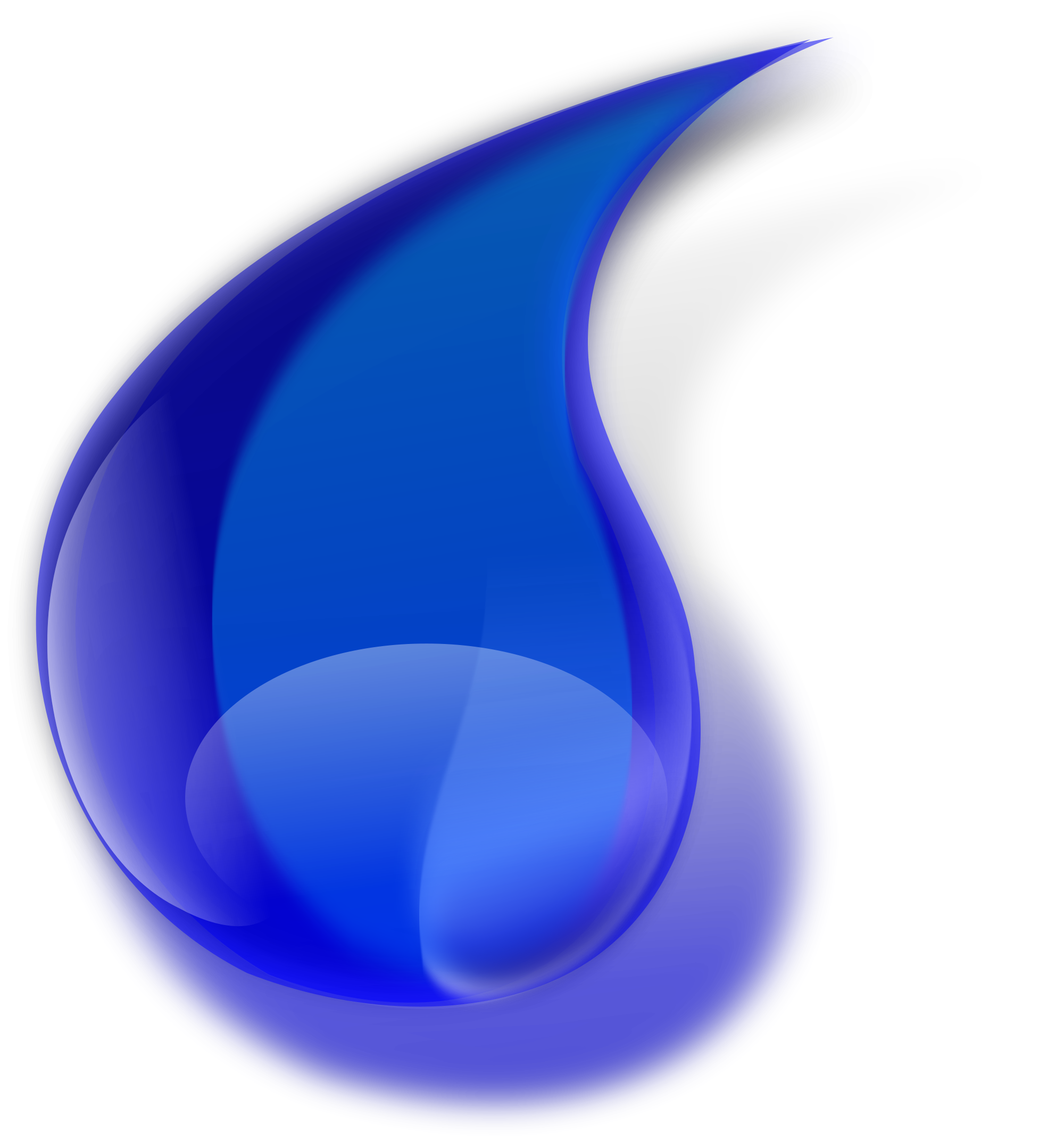
Fairbairn considered this, too, and may have been contemplating the flash steam boiler, but considered the technical aspects insurmountable for the time. An alternative approach was to increase the temperature beyond the Leidenfrost point. Lower temperatures in a boiler firebox might evaporate water more quickly as a result compare Mpemba effect.

A drop of water that was vaporized almost immediately at 168 ☌ (334 ☏) persisted for 152 seconds at 202 ☌ (396 ☏). In a pair of lectures on boiler design, he cited the work of Pierre Hippolyte Boutigny (1798–1884) and Professor Bowman of King's College, London, in studying this. The effect was also described by the Victorian steam boiler designer, William Fairbairn, in reference to its effect on massively reducing heat transfer from a hot iron surface to water, such as within a boiler.

Some research has been conducted into a theoretical model of the system, but it is quite complicated. Even if the volume of the drop of liquid stays the same, the Leidenfrost point may be quite different, with a complicated dependence on the properties of the surface, as well as any impurities in the liquid. The temperature at which the Leidenfrost effect appears is difficult to predict. Leidenfrost effect occurs after transition boiling. Graph shows heat transfer (flux) vs temperature. This also results in the drop being able to skid around the pan on the layer of gas just under it.īehavior of water on a hot plate. As steam has much poorer thermal conductivity than the metal pan, further heat transfer between the pan and the droplet is slowed down dramatically. The resulting gas suspends the rest of the water droplet just above it, preventing any further direct contact between the liquid water and the hot pan. The effect happens because, at temperatures at or above the Leidenfrost point, the bottom part of the water droplet vaporizes immediately on contact with the hot pan. This effect works until a much higher temperature causes any further drops of water to evaporate too quickly to cause this effect. On contact with the pan, the water droplets bunch up into small balls of water and skitter around, lasting much longer than when the temperature of the pan was lower. When the temperature exceeds the Leidenfrost point, the Leidenfrost effect appears. As the temperature of the pan rises above 100 ☌ (212 ☏), the water droplets hiss when touching the pan, and these droplets evaporate quickly.
Initially, as the temperature of the pan is just below 100 ☌ (212 ☏), the water flattens out and slowly evaporates, or if the temperature of the pan is well below 100 ☌ (212 ☏), the water stays liquid. The effect can be seen as drops of water are sprinkled onto a pan at various times as it heats up. Excitation of normal modes in a drop of water during the Leidenfrost effect


 0 kommentar(er)
0 kommentar(er)
